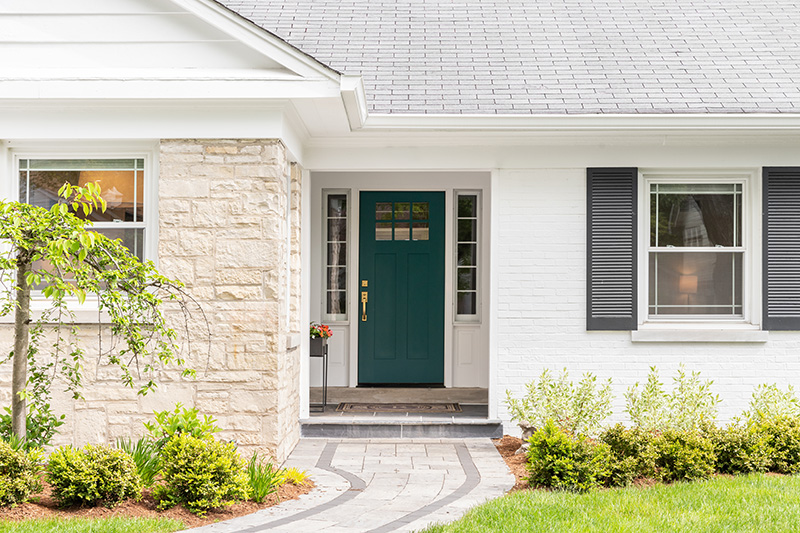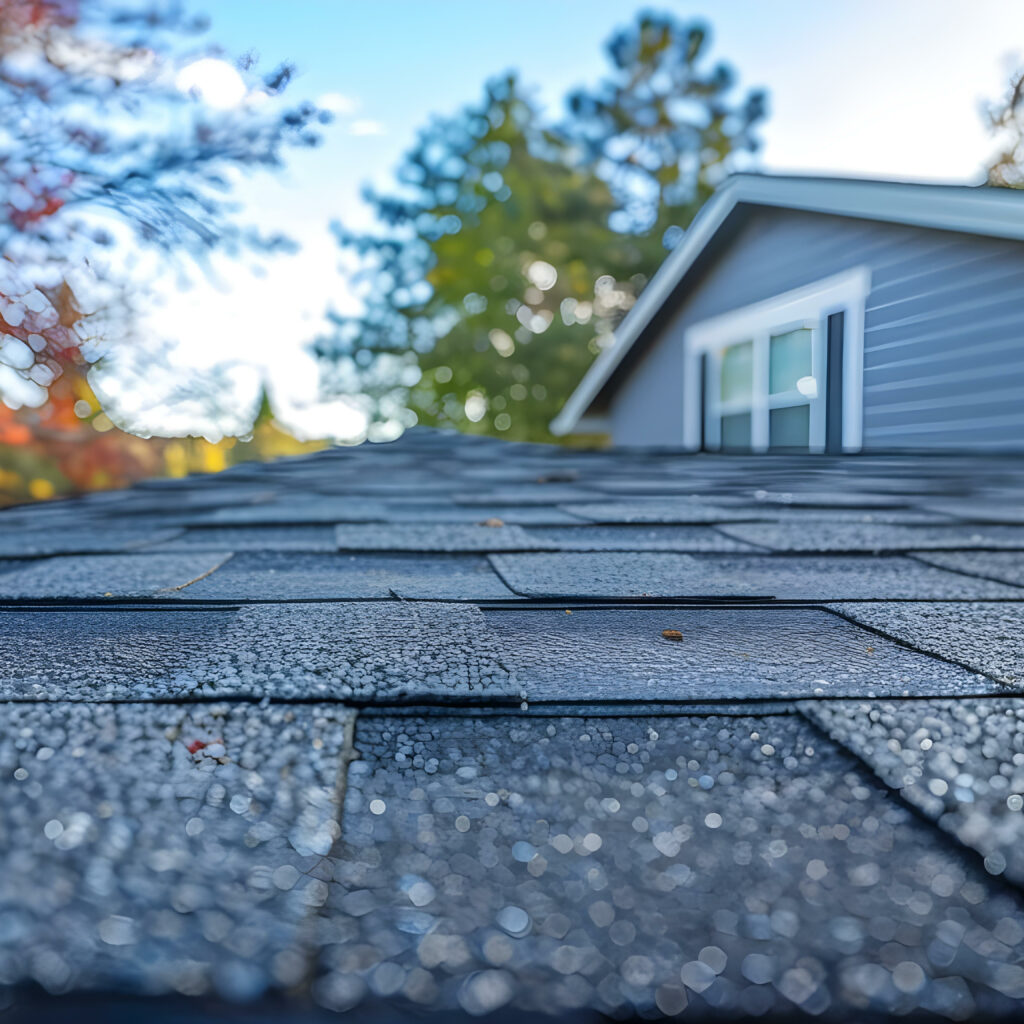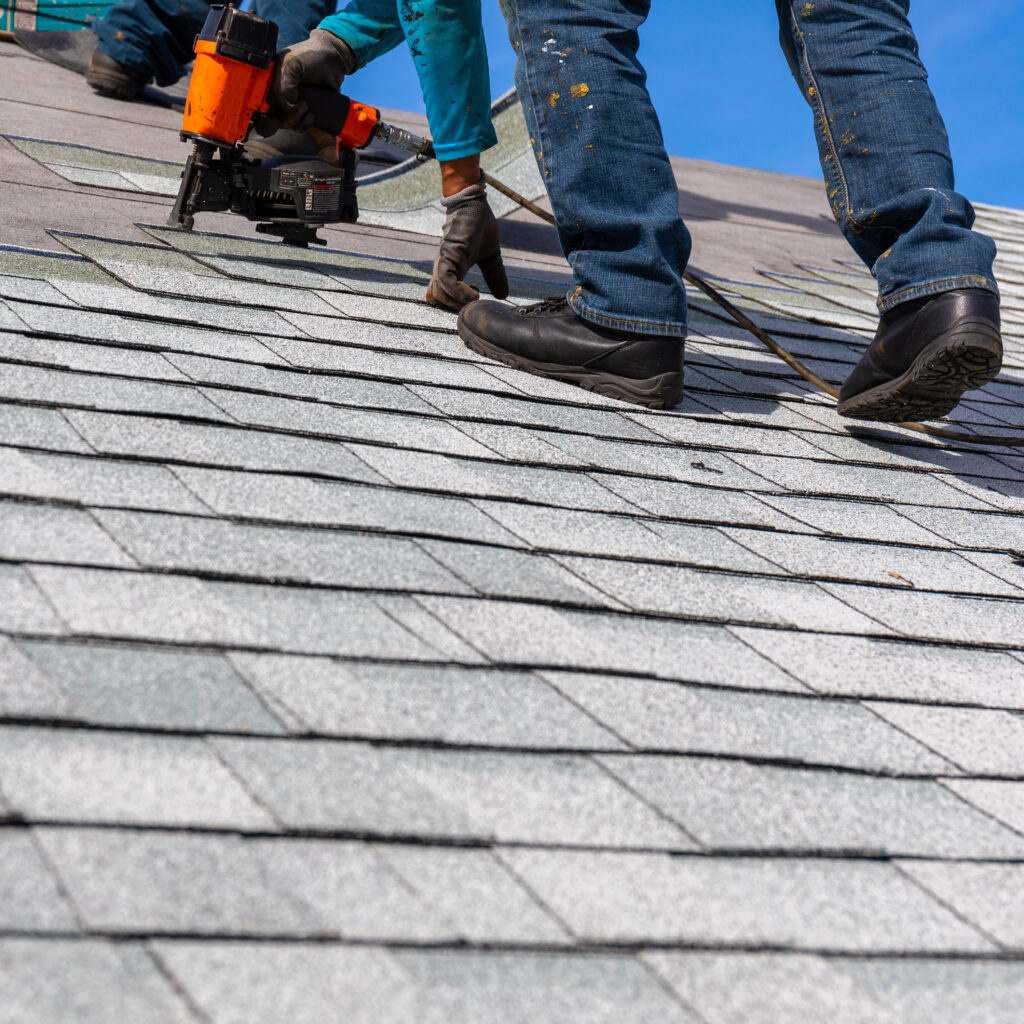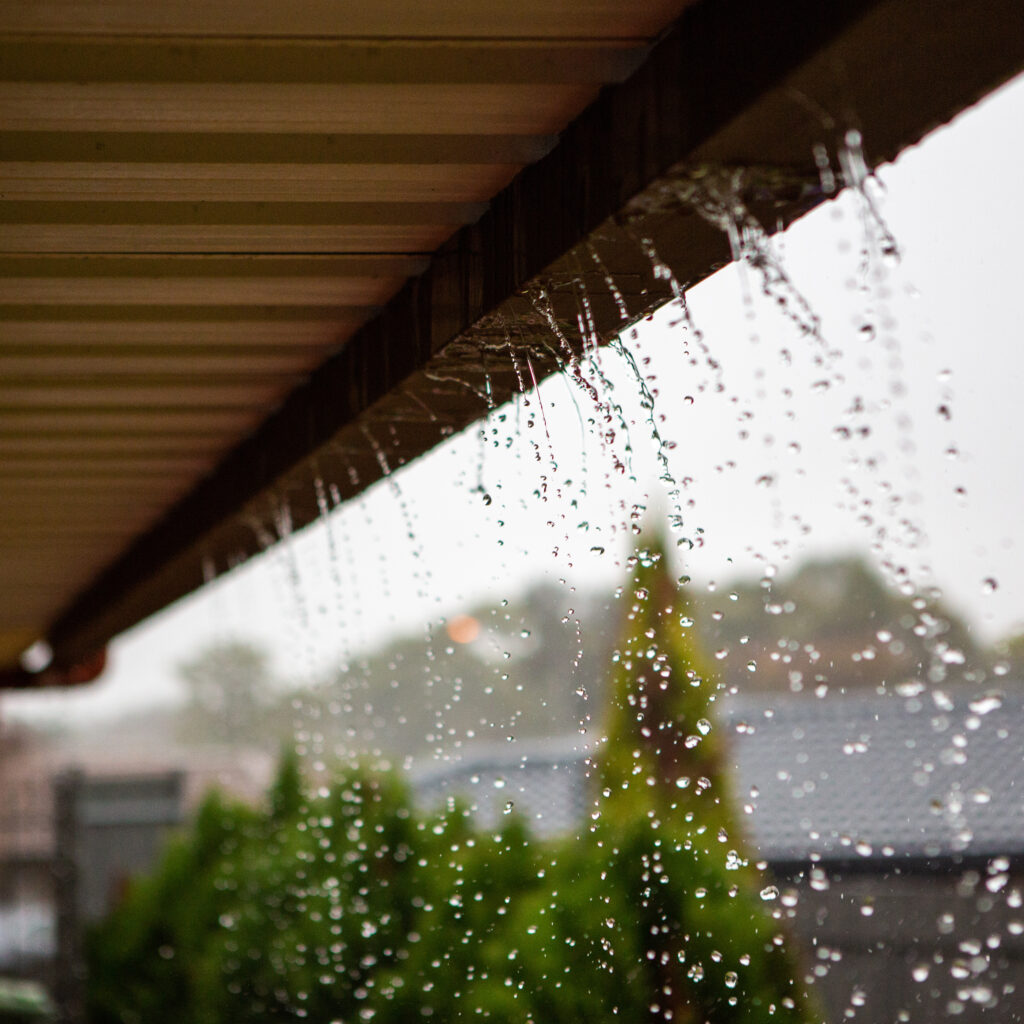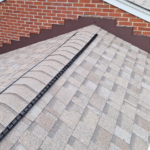What is the Best Season to Install a Roof?
When planning a roof installation, timing is everything. The season you choose to install your roof can have an impact on the efficiency of the project, the quality of the installation, and the cost. While roofing can technically be done year-round, each season comes with its own set of advantages and disadvantages. So, what is the best season to install a roof? Let’s break down the pros and cons of each season to help you make an informed decision.
Spring: A Fresh Start
Spring is often considered a good season to install a roof, particularly because the weather starts to warm up, and the snow has melted away. The moderate temperatures make it easier for roofers to work long hours without the risks of extreme heat or cold. Also, roofing materials such as asphalt shingles are less likely to crack during installation when the weather is mild.
However, spring can be unpredictable. There’s always a fear of frequent rain showers that could delay your project. It’s important to keep in mind that roofing contractors might still be catching up on projects postponed from winter, which could affect availability.
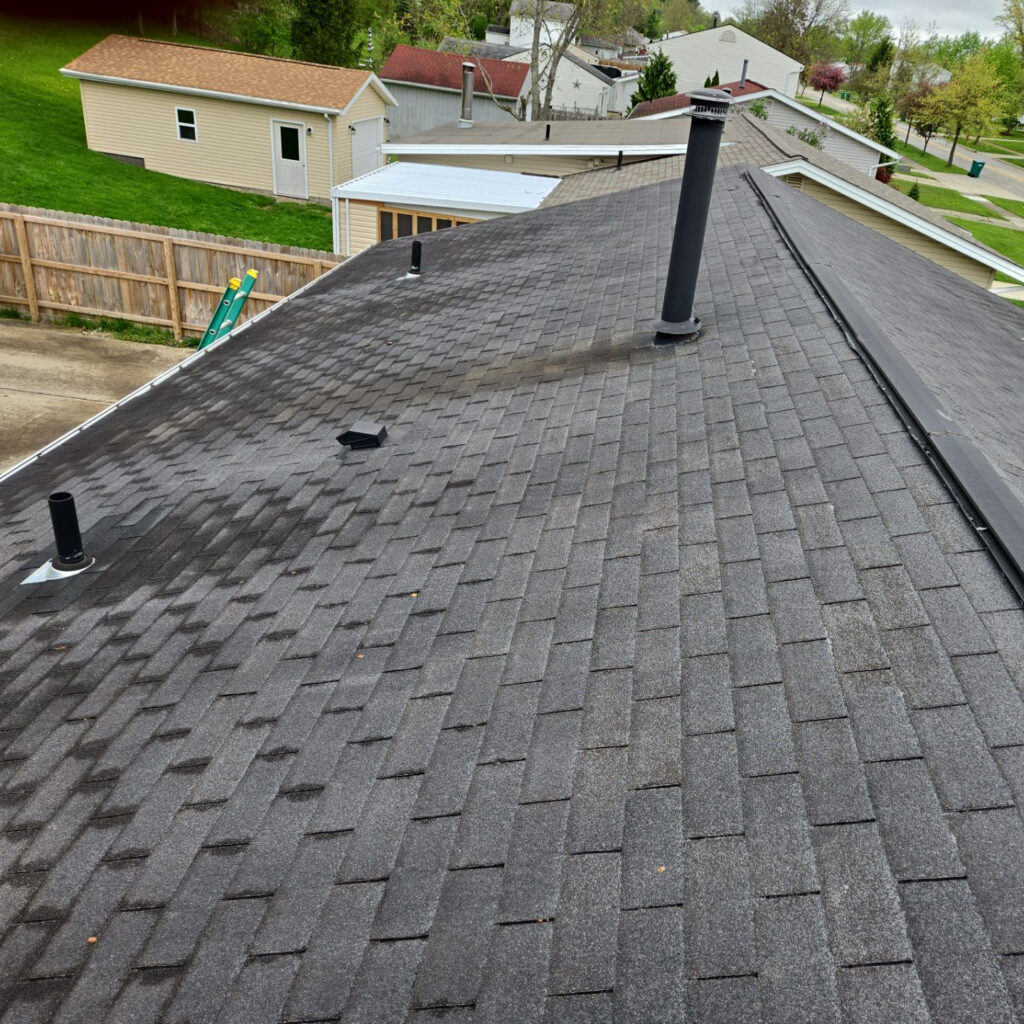
Summer: The Peak Season
Summer is the peak season to install a roof, and for good reason. The consistently warm weather provides ideal conditions for roofing materials to adhere properly, ensuring a solid installation. The longer daylight hours also allow roofing teams to work longer days, speeding up the completion of your project.
On the other side, summer is also the busiest time for roofing contractors, which can make scheduling more difficult. Additionally, extreme heat, especially in July and August, can make it uncomfortable for workers. Some materials may become too soft in high temperatures, which could lead to damage if not handled carefully. Keep an eye out for storm damage resulted from the spring as well. Identifying storm damage early can save you from expensive repairs. Check out our blog to see how to identify storm damage on your roof.
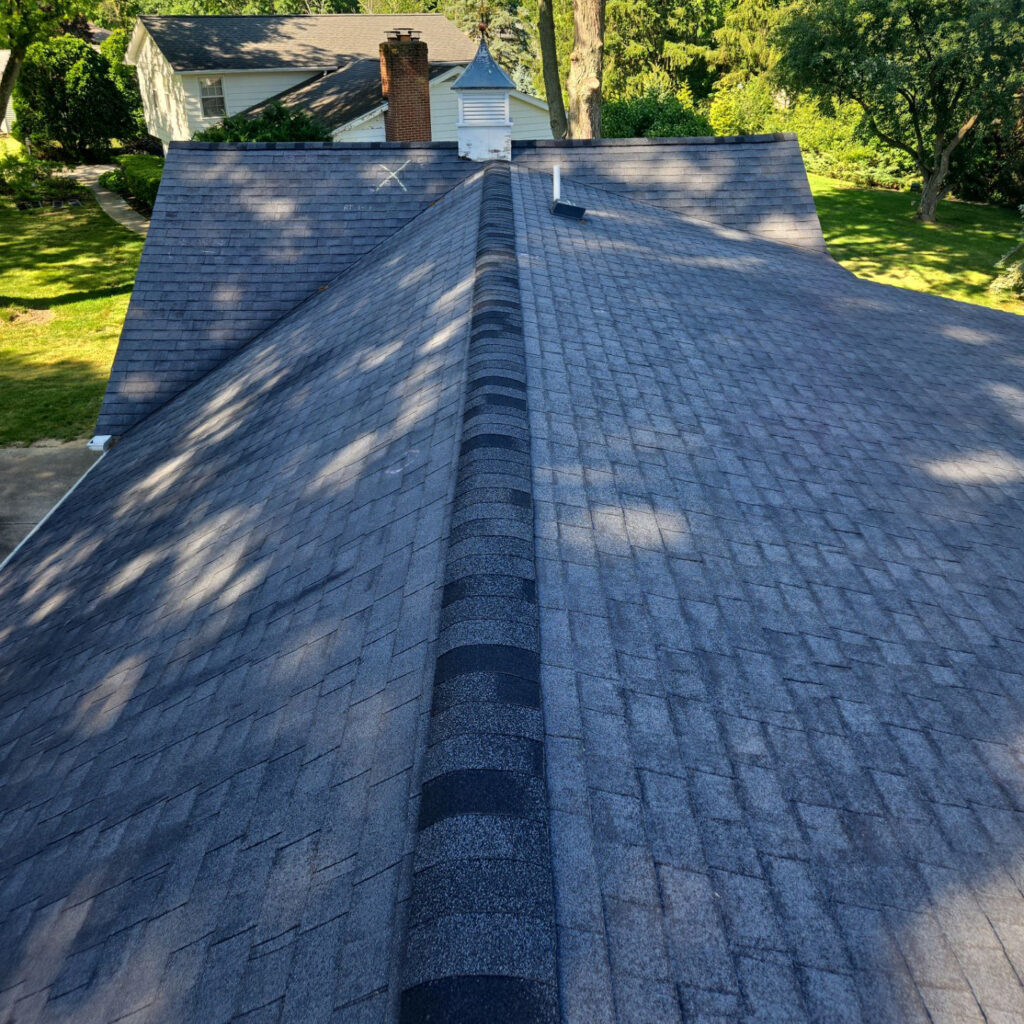
Fall: The Sweet Spot
Many experts consider fall the season to install a new roof. The temperatures are cool, but not too cold, creating perfect conditions for both the workers and the roofing materials. The mild weather means fewer delays due to rain or extreme heat, allowing for a smoother installation process.
Also, installing a roof in the fall makes sure that your home is well-prepared to handle the upcoming winter months. Contractors are often less busy than in the summer, which might make it easier to schedule your project and potentially secure a better deal.
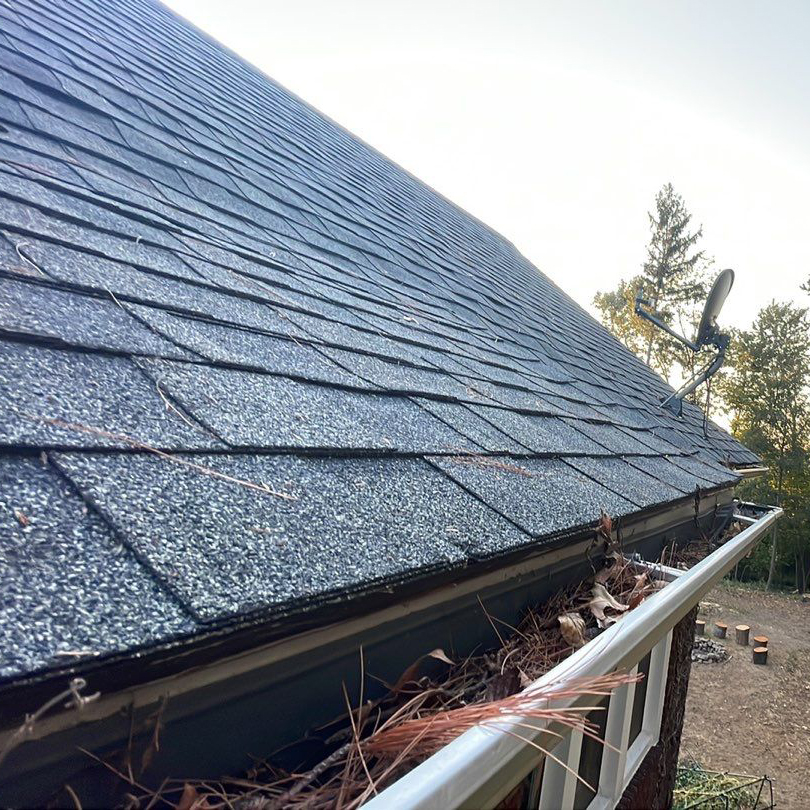
Winter: Proceed with Caution
Winter is not the most popular season to install a roof. Cold temperatures can cause certain materials, like asphalt shingles, to become brittle, making them more difficult to work with. There’s also the risk of ice and snow causing delays or creating hazardous working conditions.
That said, because winter is the off-season, you might find it easier to schedule a roofing contractor and could potentially benefit from off-season discounts. Just be aware that the project may take longer due to weather-related interruptions.
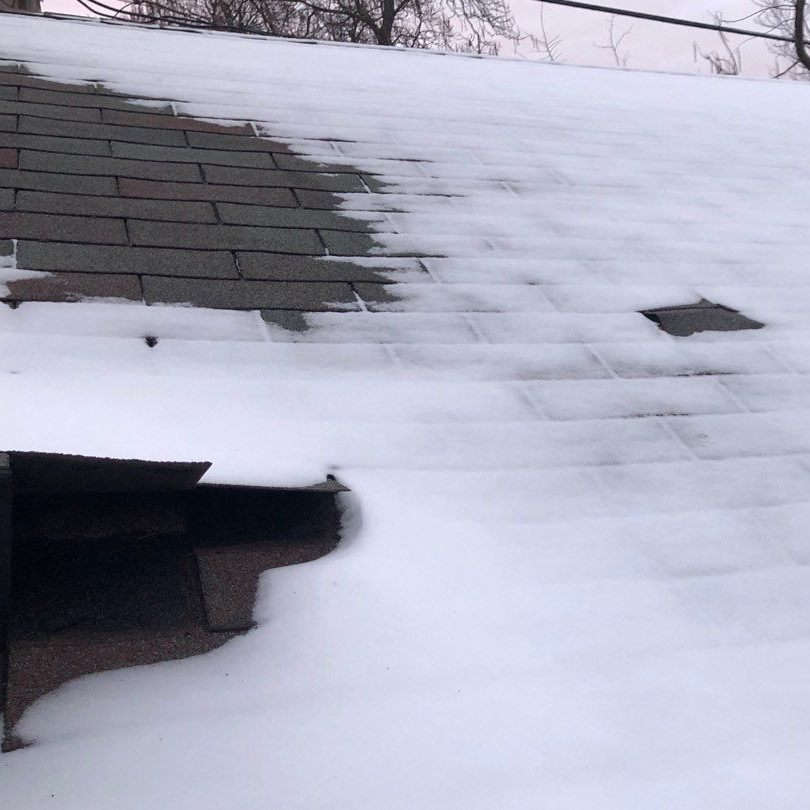
Conclusion: Timing is Everything
In conclusion, the best season to install a roof depends on your specific needs and circumstances. If you’re looking for the perfect balance of weather conditions and contractor availability, fall is often your best bet. However, if you need a roof installed urgently, don’t hesitate to consider spring, summer, or even winter, keeping in mind the potential challenges that come with each season.
Remember to consult with a professional roofing contractor to determine the best timing for your roof installation based on your unique situation. No matter the season, a well-timed roof installation will keep your home safe and secure for years to come.

